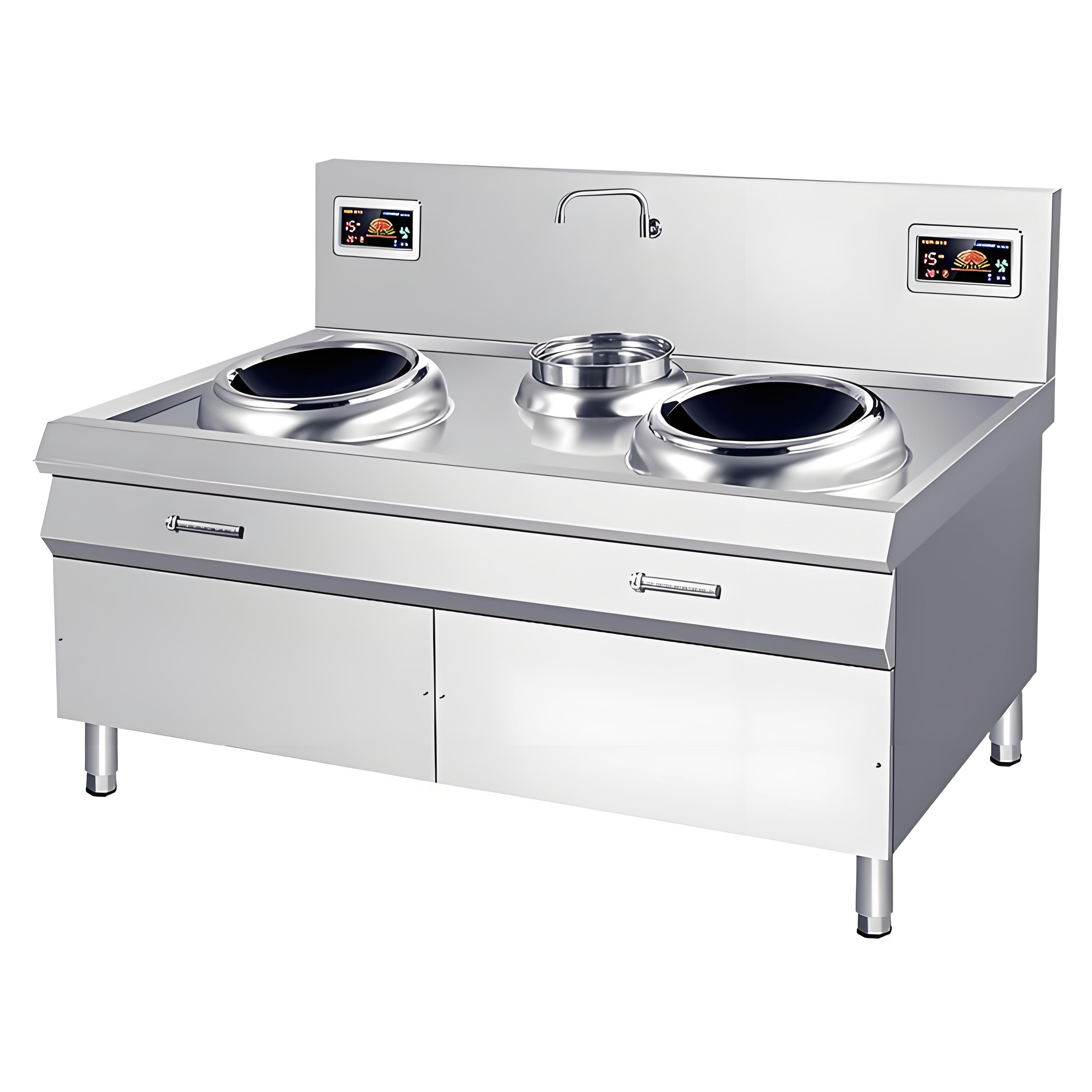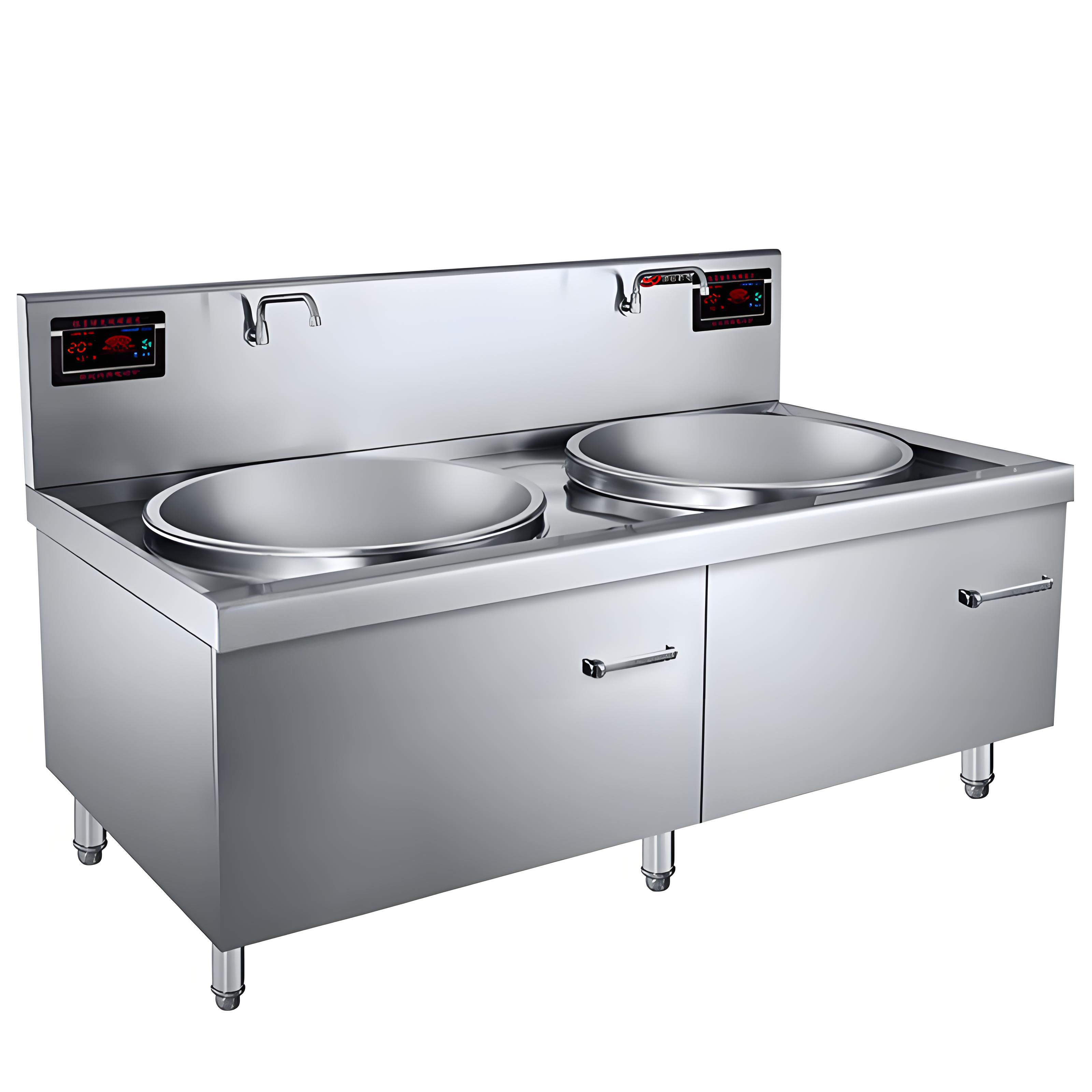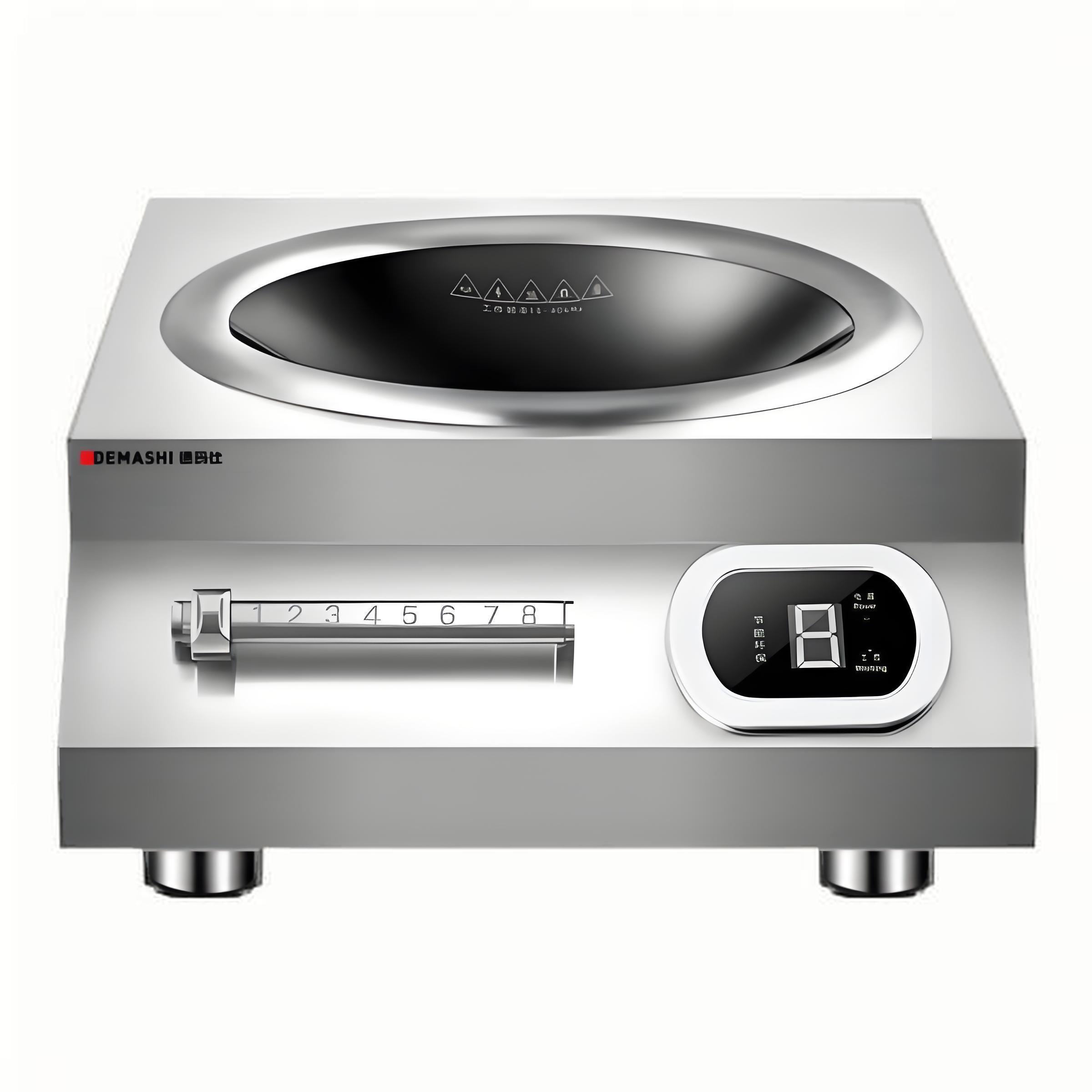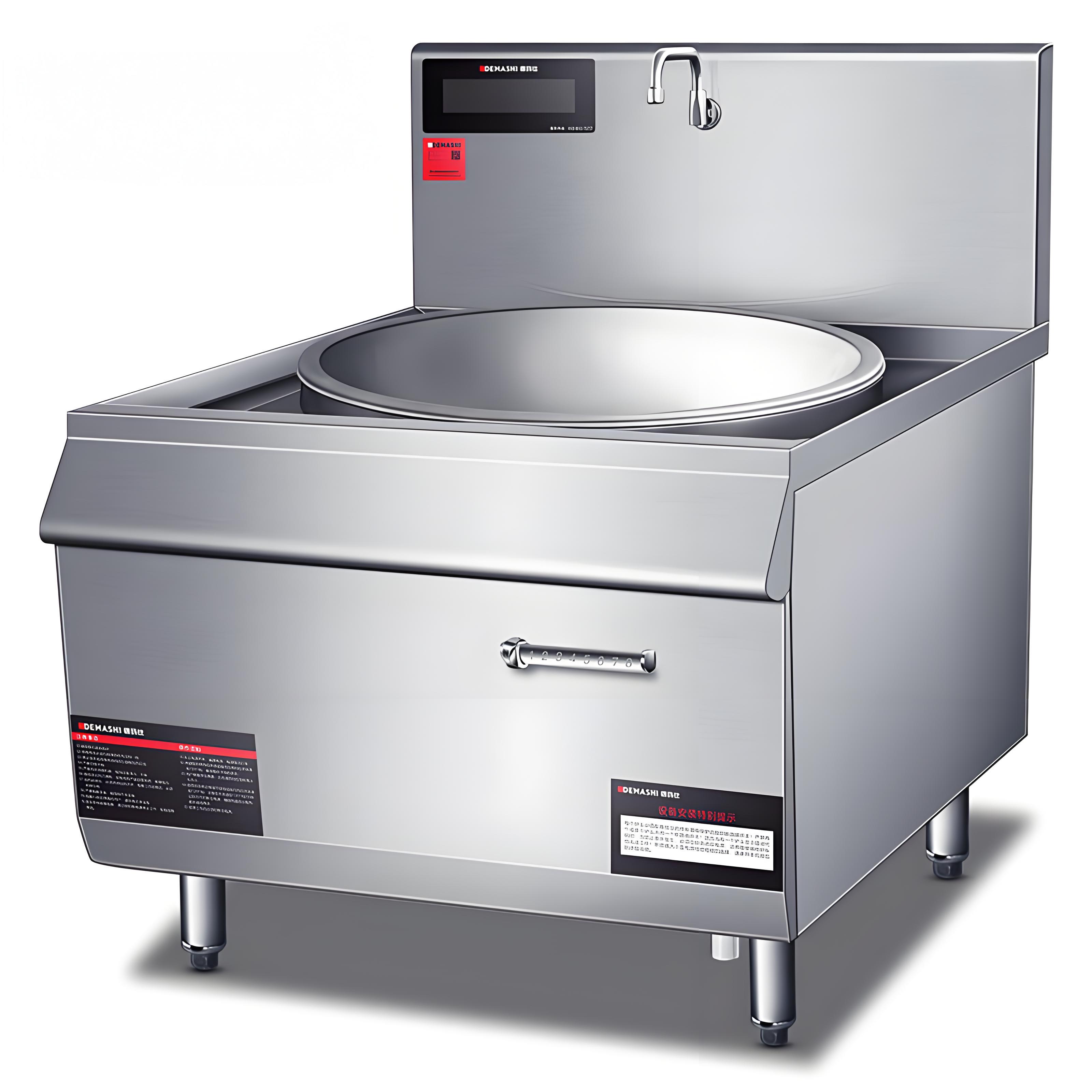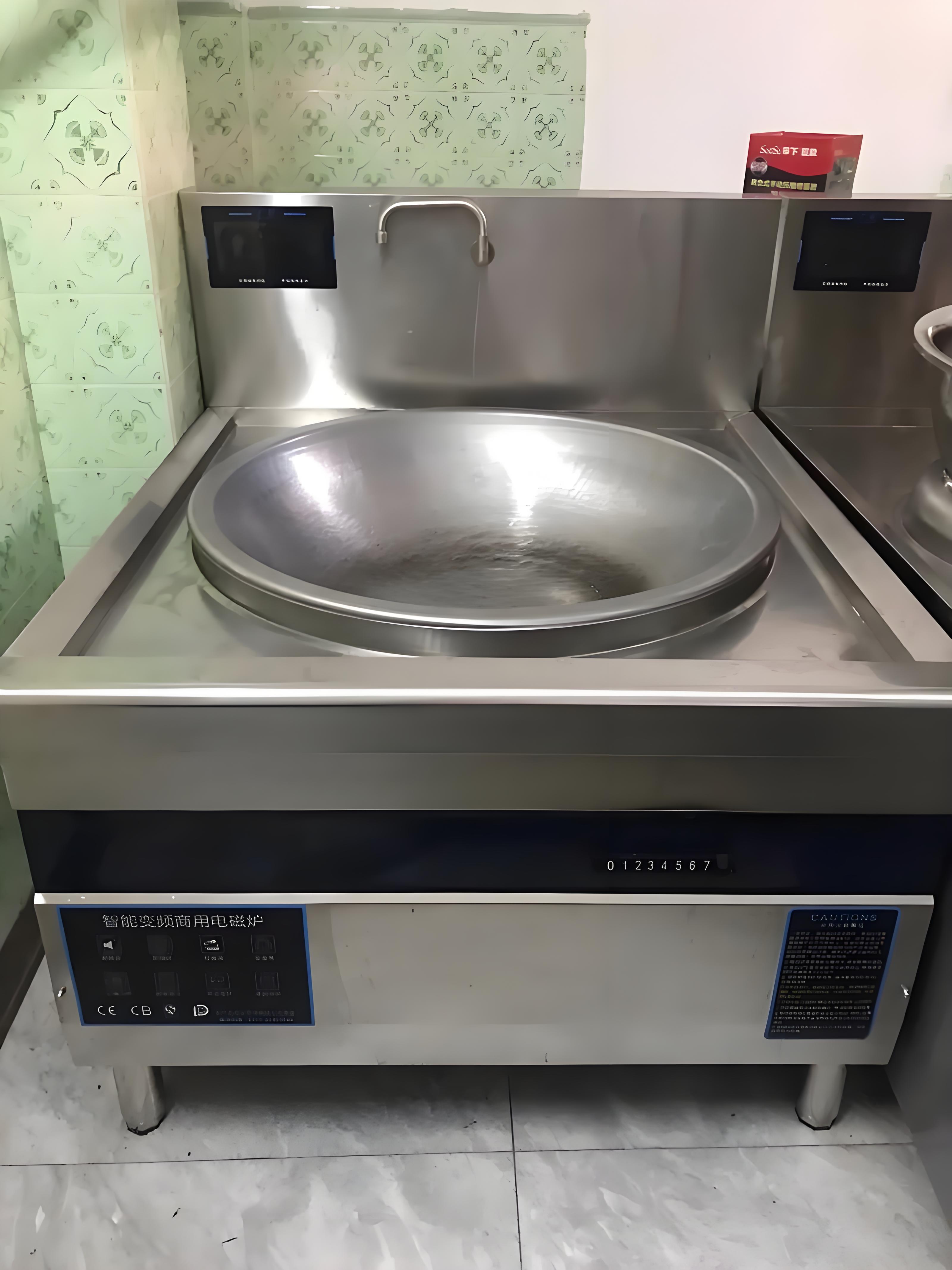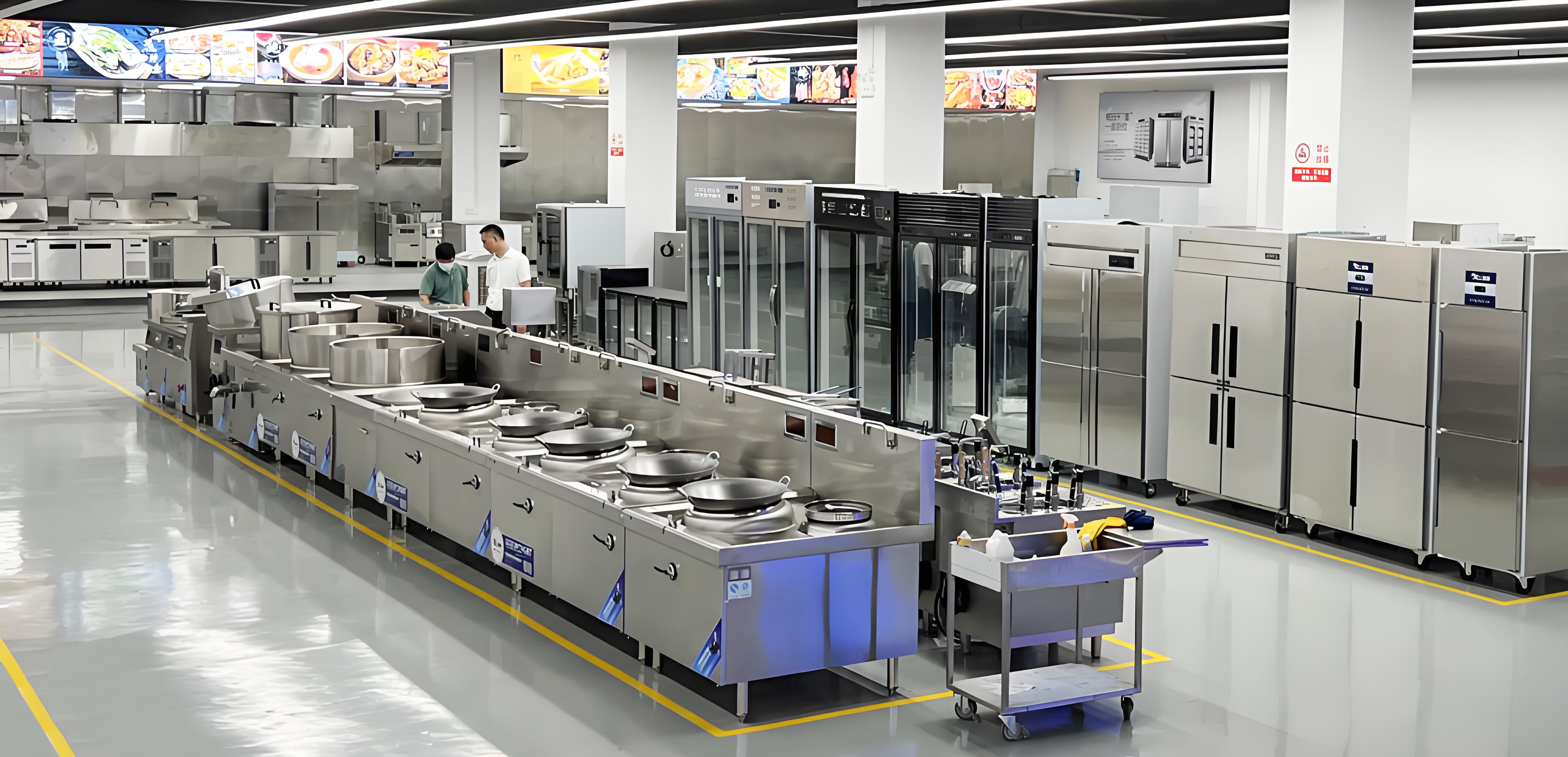As someone who’s spent over a decade in the commercial kitchen equipment industry, I’ve worked closely with induction cooktops, from installing them in bustling restaurant kitchens to troubleshooting their quirks. When people ask me, “Do commercial induction cooktops produce radiation, and is it harmful?” I get why there’s concern. The idea of “radiation” sounds alarming, especially in a kitchen where safety is everything. Let me share my experience and break this down clearly, addressing the science, safety, and real-world implications of using these powerful machines.
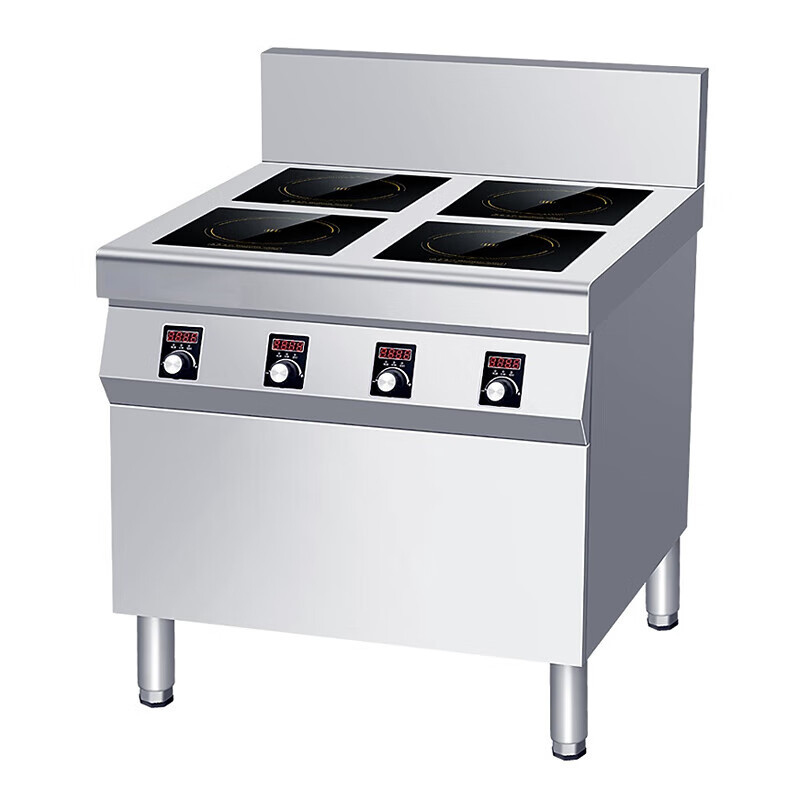
Understanding Induction Cooktops and How They Work
Let’s start with the basics. Induction cooktops are a game-changer in commercial kitchens. Unlike gas or electric stovetops that heat through direct flame or coils, induction cooktops use electromagnetic fields to heat cookware directly. A coil beneath the cooktop’s surface generates an alternating magnetic field, which induces an electric current in the cookware. This current creates heat, cooking your food efficiently.
The key point here is that induction cooktops don’t heat the air or the cooktop surface significantly—they transfer energy directly to the pan. This makes them faster, more energy-efficient, and safer in terms of burns. But the mention of “electromagnetic fields” often raises eyebrows. Does this mean radiation? Let’s dive into that.
What Kind of “Radiation” Are We Talking About?
The term “radiation” can feel like a loaded word, conjuring images of X-rays or nuclear reactors. In the context of induction cooktops, we’re dealing with electromagnetic radiation, specifically in the form of non-ionizing radiation. Let me explain what this means in plain terms.
Non-ionizing radiation: This is low-energy radiation that lacks the power to break DNA or cause cellular damage. It’s the same type of radiation emitted by your Wi-Fi router, microwave, or even your smartphone. Induction cooktops operate at low frequencies (typically 20–100 kHz), which fall into this safe category.
Ionizing radiation: This is the harmful stuff—like X-rays or gamma rays—that can damage cells and DNA. Induction cooktops do not produce ionizing radiation.
So, yes, induction cooktops emit electromagnetic radiation, but it’s the non-ionizing kind, which is far less concerning. To put it into perspective, the electromagnetic fields (EMFs) from an induction cooktop are similar in strength to those from other household appliances you use daily.
Are the Electromagnetic Fields from Induction Cooktops Harmful?
Now, let’s tackle the big question: Are these EMFs harmful? I’ve spent years researching and working with induction technology, and I can confidently say that for most users, the risks are negligible when the equipment is used correctly. Here’s why.
Scientific Evidence on EMF Safety
Numerous studies have investigated the safety of EMFs from induction cooktops. The World Health Organization (WHO) and other health authorities, like the International Commission on Non-Ionizing Radiation Protection (ICNIRP), have set guidelines for safe EMF exposure. Induction cooktops, when properly designed and manufactured, comply with these standards.
For example, a 2018 study published in the Journal of Radiation Protection measured EMF levels from commercial induction cooktops and found that exposure levels were well below ICNIRP’s recommended limits, even for professional chefs standing close to the cooktop for hours. The EMFs drop off sharply with distance—typically within a foot or two from the cooktop, the field strength is negligible.
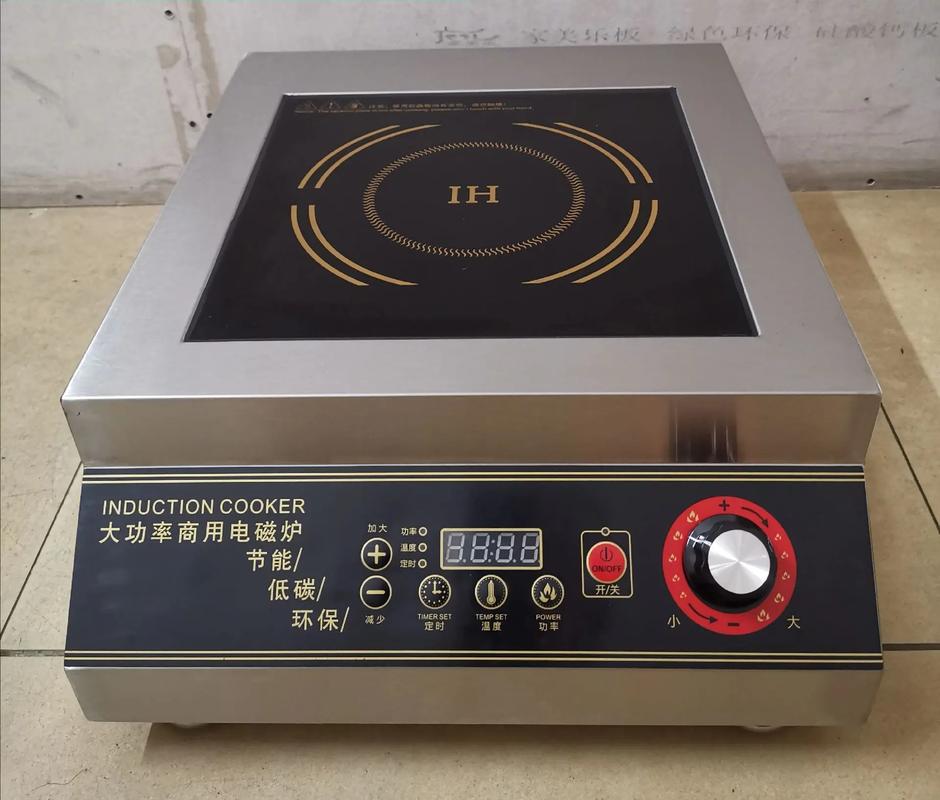
Factors That Affect EMF Exposure
That said, I’ve learned from my years in the field that certain factors can influence EMF exposure. Here are the key ones to keep in mind:
Distance: The closer you are to the cooktop, the stronger the EMF. Standing a foot or two away significantly reduces exposure.
Cookware Quality: Using proper induction-compatible cookware (like cast iron or stainless steel) ensures the magnetic field is absorbed efficiently by the pan, reducing stray EMFs.
Cooktop Design: Well-designed commercial cooktops have shielding to minimize EMF leakage. Always choose reputable brands that comply with safety standards.
Usage Time: Prolonged exposure to any EMF source could theoretically increase risk, though no studies show harm at the levels emitted by induction cooktops.
Special Considerations for Certain Groups
While the general consensus is that induction cooktops are safe, I’ve had conversations with chefs and kitchen managers who worry about specific scenarios. For instance:
Pregnant Women: Some worry about EMF exposure during pregnancy. While no conclusive evidence links induction cooktop EMFs to harm in pregnancy, it’s reasonable to maintain a bit of distance (e.g., a foot or two) while cooking, just to be cautious.
People with Pacemakers: Early pacemakers were sometimes sensitive to EMFs, but modern devices are much better shielded. Still, if you have a pacemaker, consult your doctor and keep a safe distance from the cooktop (about 2 feet) to avoid any theoretical interference.
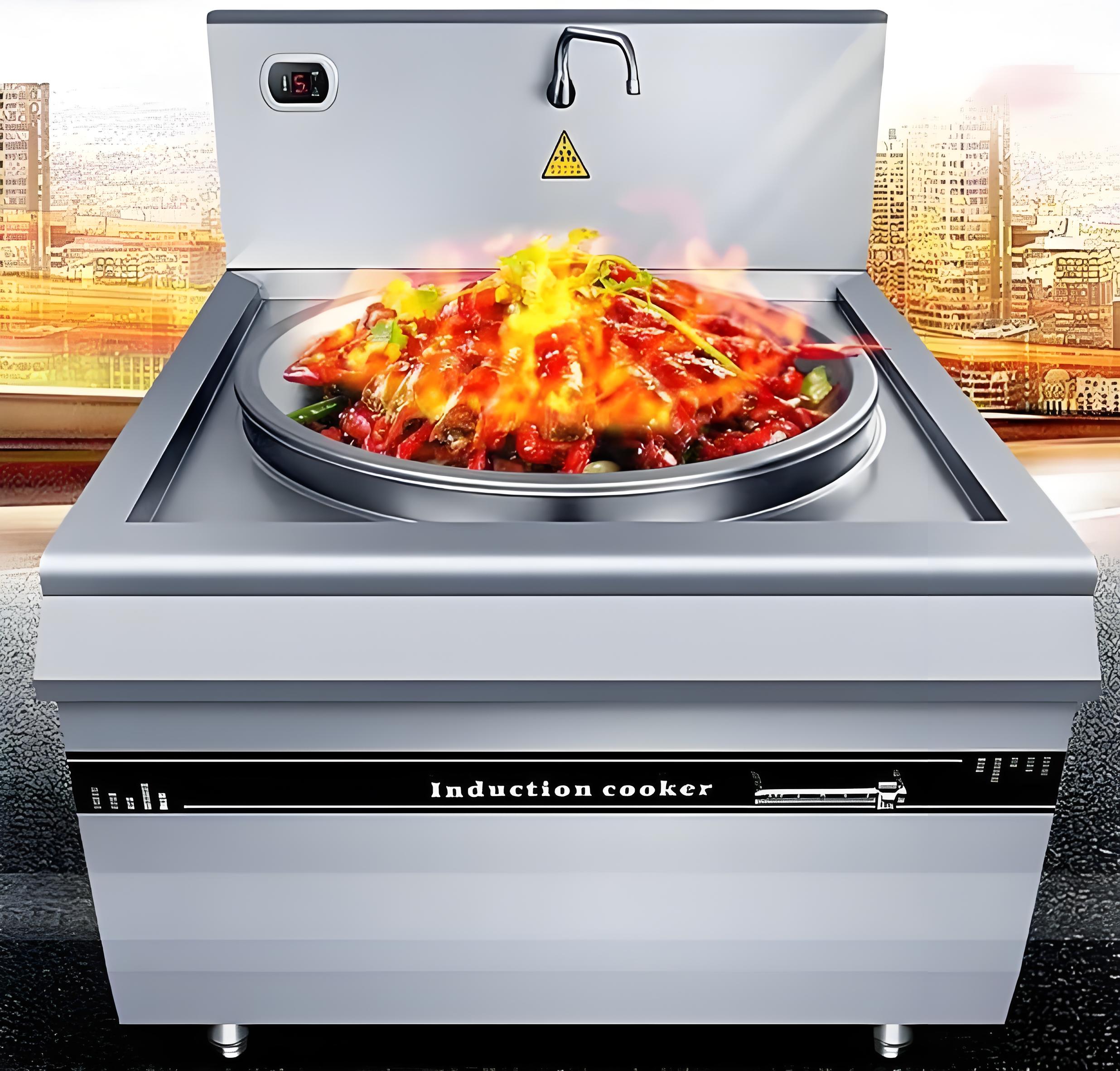
Comparing Induction Cooktops to Other Appliances
To give you a sense of how induction cooktops stack up, I put together a table comparing the EMF levels of common kitchen appliances. This is based on data from studies and my own experience testing equipment in commercial kitchens.
|
Appliance |
Frequency Range (kHz) |
Typical EMF Strength (at 30 cm) |
Safety Notes |
|---|---|---|---|
|
Induction Cooktop |
20–100 |
Low (0.1–10 µT) |
Well below ICNIRP limits; drops off quickly |
|
Microwave Oven |
2,450,000 (2.45 GHz) |
Low (0.5–2 µT) |
Higher frequency but low exposure |
|
Electric Stovetop |
50–60 |
Very Low (<0.1 µT) |
Minimal EMF compared to induction |
|
Wi-Fi Router |
2,400,000–5,000,000 |
Very Low (<0.1 µT) |
Constant but low-level exposure |
Note: µT = microtesla, a unit of magnetic field strength. ICNIRP guidelines allow up to 100 µT for general public exposure at these frequencies.
From this, you can see that induction cooktops aren’t outliers—they’re in the same ballpark as other appliances you likely use without a second thought.
Real-World Safety in Commercial Kitchens
In my years working with restaurants, I’ve seen induction cooktops become staples in high-pressure kitchens. They’re loved for their speed and precision, but I’ve also fielded plenty of questions about safety. Here’s what I’ve observed:
Proper Installation Matters: A poorly installed cooktop or one with damaged shielding can emit higher EMFs. Always have a professional install your equipment and ensure it’s regularly maintained.
Ventilation and Ergonomics: While not directly related to EMFs, good kitchen ventilation and ergonomic setup reduce overall stress and fatigue, making it easier to maintain safe distances from the cooktop.
Training Staff: I always recommend training kitchen staff on proper cookware use and basic safety practices, like not leaning directly over the cooktop for extended periods.
One anecdote I’ll share: I once worked with a chef who was skeptical about induction cooktops, convinced they were “beaming radiation” into his kitchen. After we measured the EMF levels with a gaussmeter and showed him they were well within safe limits, he became one of their biggest fans. It’s all about understanding the tech and using it right.
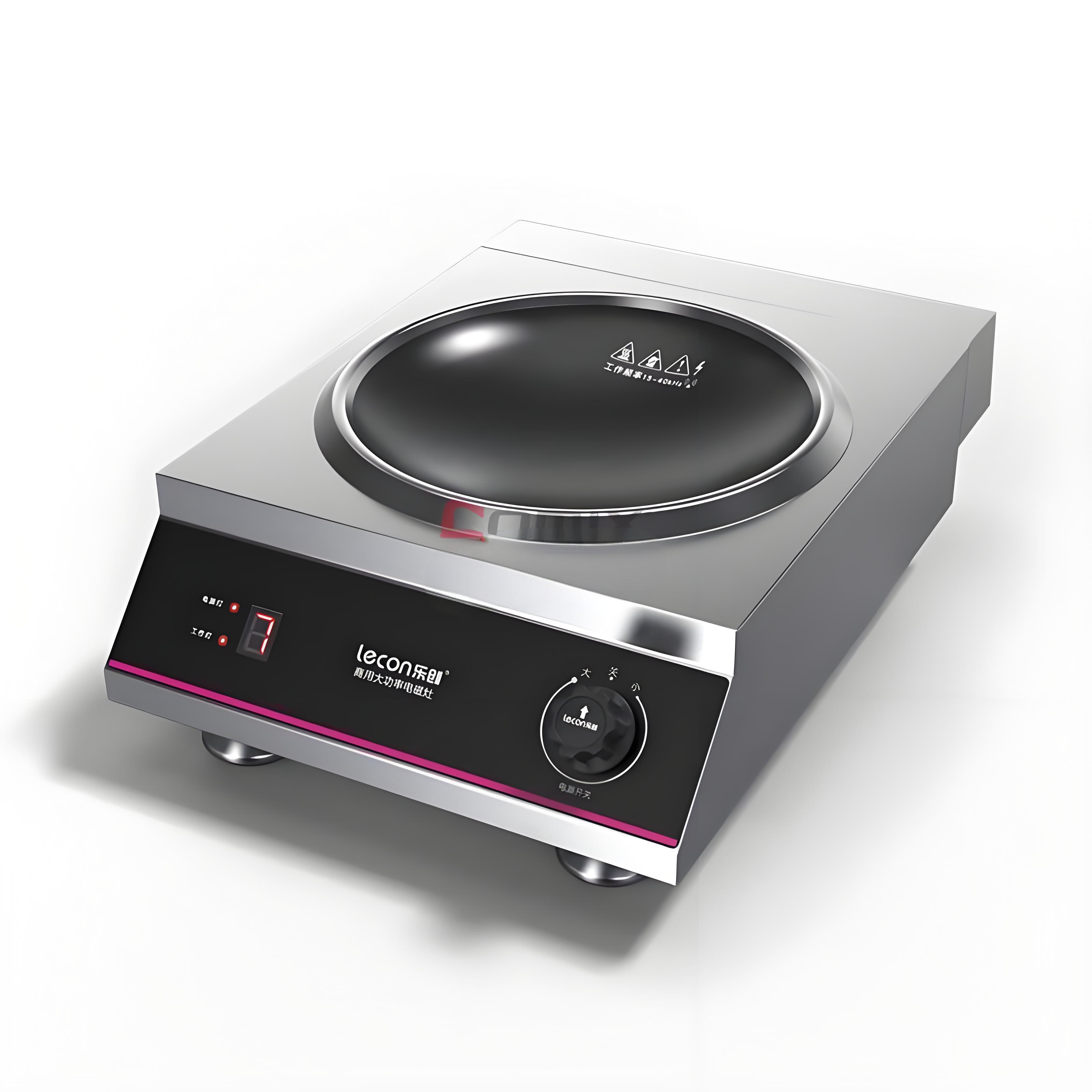
How to Minimize Any Potential Risks
While I firmly believe induction cooktops are safe for commercial use, I also understand the desire to take extra precautions. Here are some practical tips I’ve shared with clients over the years:
Use High-Quality Cookware: Stick to induction-compatible pans with flat bottoms to maximize energy transfer and minimize stray EMFs.
Keep Your Distance: When possible, step back a foot or two while the cooktop is on. This is especially relevant for busy kitchens where chefs are constantly moving.
Choose Reputable Brands: Brands like Vollrath, Induction, or CookTek invest in proper shielding and safety compliance. Avoid cheap, untested models.
Regular Maintenance: Have your cooktop inspected annually to ensure its shielding and components are intact.
Stay Informed: If you have a medical device like a pacemaker, check with your doctor about any precautions specific to your situation.
Addressing Common Myths About Induction Cooktops
Over the years, I’ve heard plenty of myths about induction cooktops. Let’s clear up a few:
Myth: Induction cooktops are as dangerous as microwaves. Not true. Microwaves use much higher frequencies, and their radiation is contained within a shielded compartment. Induction cooktops emit low-frequency EMFs that dissipate quickly.
Myth: They cause cancer. No credible evidence supports this. The non-ionizing radiation from induction cooktops lacks the energy to cause DNA damage associated with cancer.
Myth: They’re unsafe for kids. As long as kids aren’t operating the cooktop (which they shouldn’t be in a commercial kitchen anyway), the EMF exposure is negligible, especially at a distance.
Why I Trust Induction Cooktops in My Work
After years of installing, testing, and maintaining induction cooktops, I’ve come to appreciate their balance of efficiency and safety. They’ve transformed how commercial kitchens operate, saving energy and reducing burn risks compared to gas stoves. The EMF question is valid, but the science and my hands-on experience confirm that these devices are safe when used properly.
If you’re considering induction for your restaurant or commercial kitchen, focus on quality equipment, proper installation, and basic safety practices. The benefits—speed, precision, and energy savings—are well worth it, and the risks are minimal when you follow best practices.
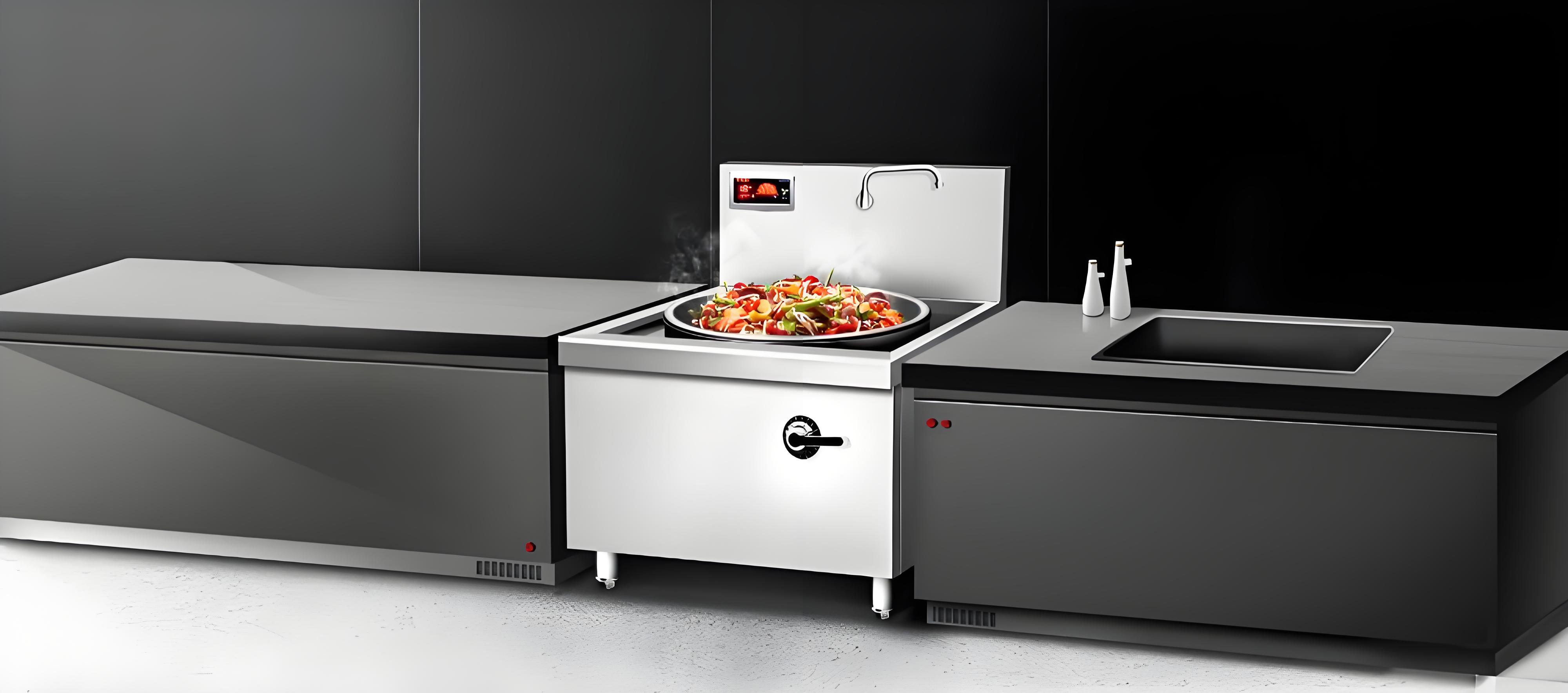
Related Questions and Answers
To wrap things up, here are some common questions I’ve heard from colleagues and clients, along with my answers:
Q: Can induction cooktops interfere with other kitchen electronics?
A: In rare cases, poorly shielded cooktops or low-quality electronics might experience interference, but this is uncommon with modern equipment. Ensure your cooktop meets industry standards, and keep sensitive devices (like medical equipment) at a safe distance.
Q: Are portable induction cooktops as safe as built-in ones?
A: Yes, as long as they’re from reputable brands and meet safety standards. Portable units are popular in catering and smaller kitchens, and their EMF levels are comparable to built-in models.
Q: Should I worry about long-term exposure as a chef?
A: For most chefs, the exposure levels are far below safety thresholds, even with hours of daily use. Just maintain a reasonable distance when possible and use proper cookware.
Q: Are there alternatives to induction if I’m still concerned?
A: Gas or electric stovetops are options, but they come with their own risks (like burns or gas leaks). Induction remains one of the safest and most efficient choices for commercial kitchens.
If you have more questions or want to dive deeper into choosing the right induction cooktop for your kitchen, feel free to reach out. I’m happy to share more insights from my years in the field!
